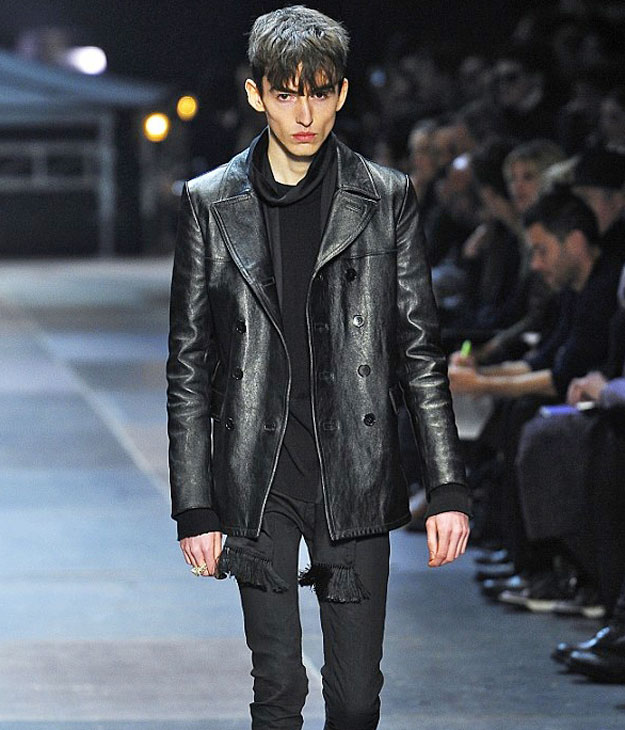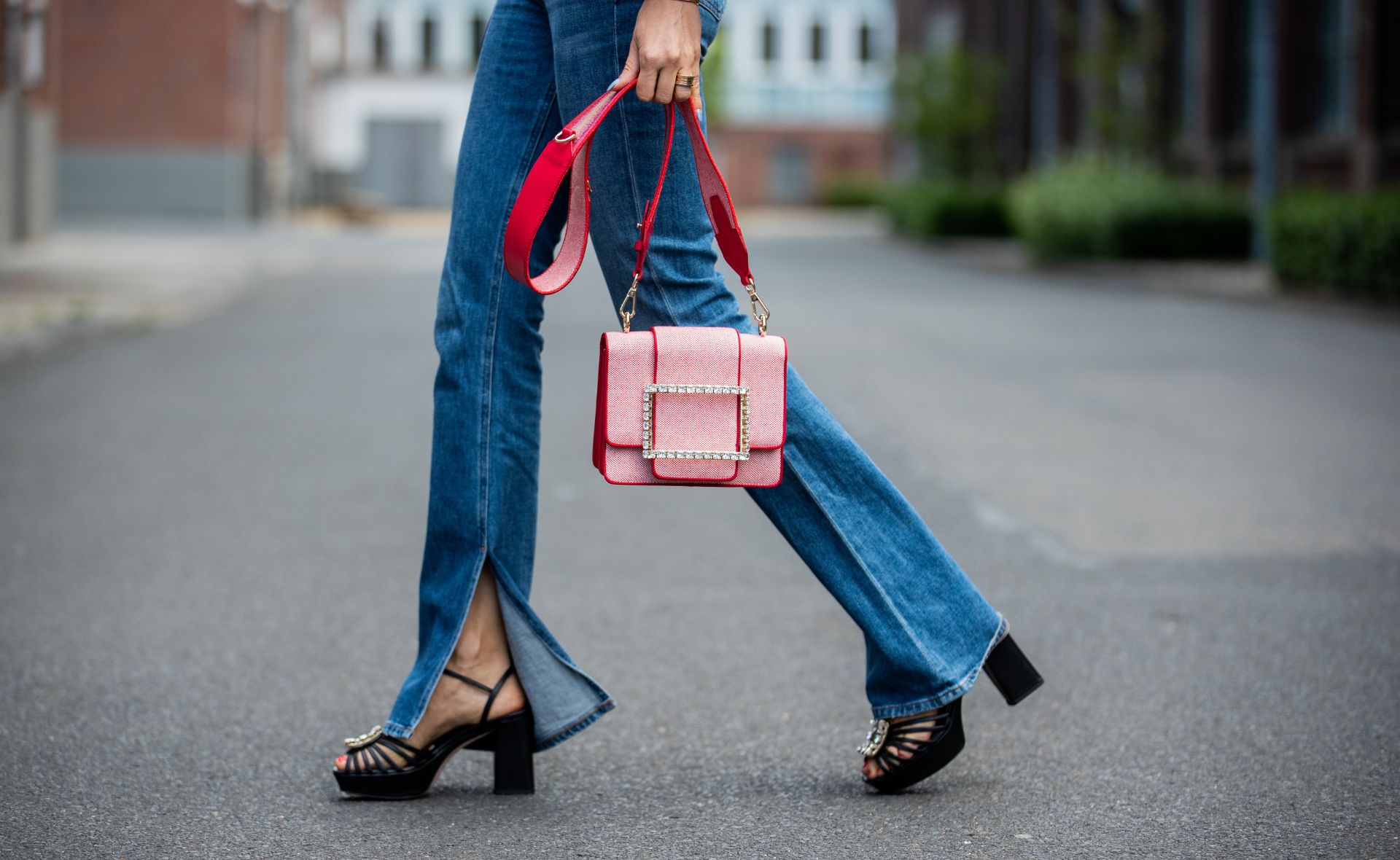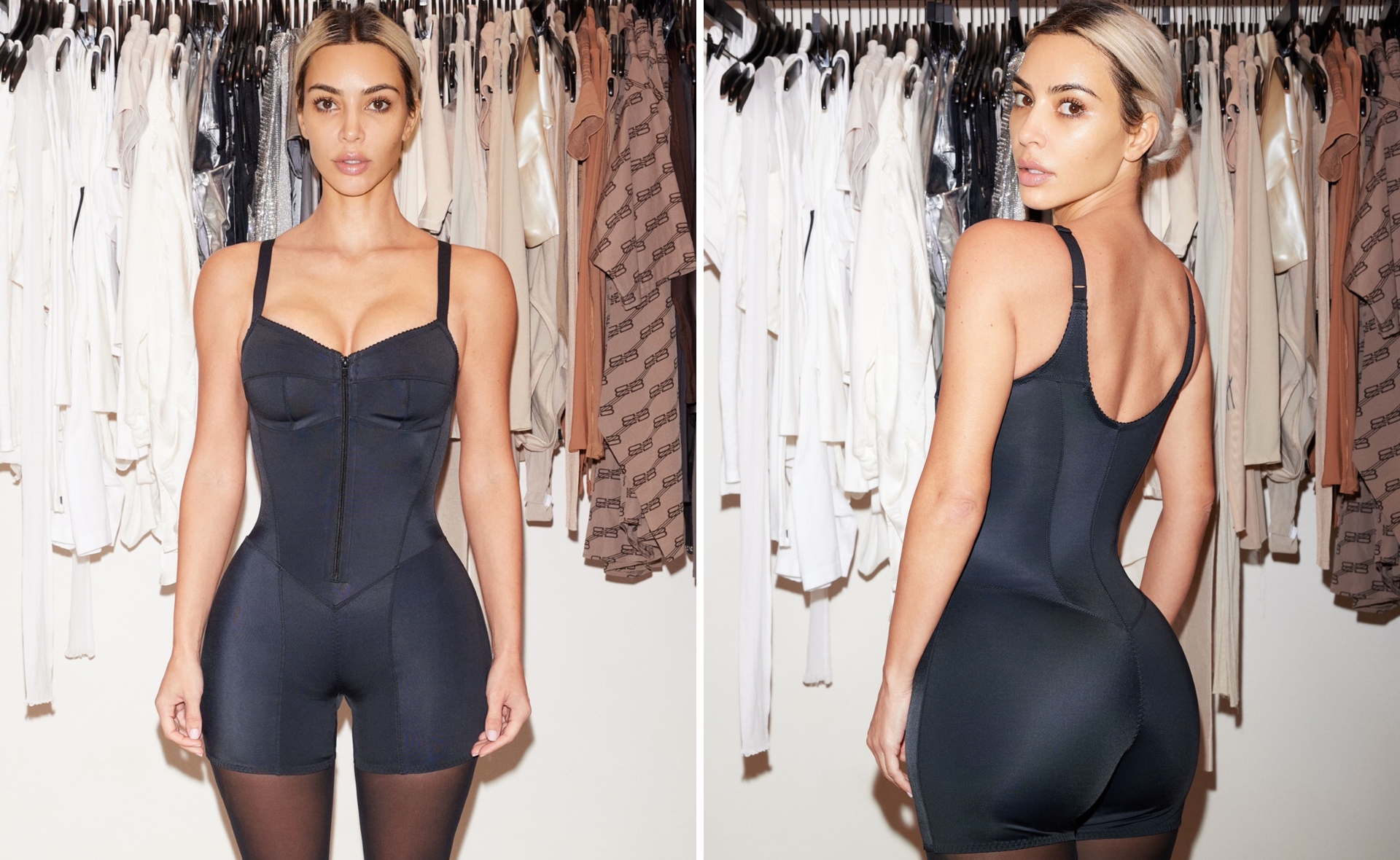The fashion industry has been accused of promoting “manorexia” after an array of shockingly thin male models were sent down the catwalk at Paris Fashion Week.
Designer YSL was criticised on the blogosphere for “woefully irresponsible model casting” as a photo of an emaciated model prompted a barrage of responses on social media.
Photoshop fail: Magazine slammed for adding weight to skinny model
Many criticised the designer’s use of the super-skinny model, saying it could encourage male anorexia and irresponsibly promoted an unhealthy body image, but some disturbing ‘pro-ana’ responders weighed in in favour of the model choice.
Prominent fashion blogger Poppy Dinsey, who sparked the online debate with a tweet, said that while it couldn’t be assumed the model was ill, the fashion industry should give more consideration to male body image when it comes to casting.
“I have had hundreds of replies but haven’t seen a single response that says they think it looks healthy or acceptable, although plenty of fashion friends enjoyed the collection itself — which people seem to be forgetting about,” she told The Daily Mail.
“What did upset me was the number of people who said the model was ‘disgusting’ — I made a point of saying you can’t assume that the model has an eating disorder.
“I have been to hundreds of fashion shows so I’m never particularly surprised by the latest ‘shock model picture’ but casting directors have to take some responsibility.
“A model may well be healthy, but if someone looking at the pictures will assume the opposite, why not cast someone who doesn’t create such controversy?”
While male model casting is generally responsible in the fashion world, with high earning fashion models tending to be fit and healthy rather than super-slim, the use of extremely gaunt models is worrying in a time where male anorexia or ‘manorexia’ is becoming more widespread.
UK figures released by eating disorders organisation B-EAT suggest the number of male anorexics, previously thought to account for 10 percent of sufferers, has shot up with males accounting for a quarter of eating disorders.
Closer to home, Australian eating disorder authority The Butterfly Foundation last year estimated that males accounted for 29 percent of anorexia sufferers, and 36.5 percent of all eating disorders, but due to a lack of reporting and recognition, they believe that number could be even higher.
Vogue diet mum speaks: ‘I made a million mistakes’
“Men are notoriously bad at seeking help, and in men as in women eating disorders can take a variety of shapes,” a spokesperson told The Weekly.
“As well as trying to lose extreme amounts of weight, eating disorders can take the shape of an unhealthy commitment to the gym lifestyle, causing them to diet poorly in order to put on the kind of weight they seek and taking supplements.
“That is in fact an eating disorder as well.”
In Australia there are government recommended guidelines in place, developed in partnership with The Butterfly Foundation, urging the fashion industry and model agencies to comply with “body image friendly” criteria, including the banning of ultra-thin female models or overly muscular male ones. The guidelines also encourage a range of ethnic diversity, model sizes, and age-appropriate use of models.
For help and support call the Butterfly Foundation national supportline: 1800 33 4673 or email [email protected],au




